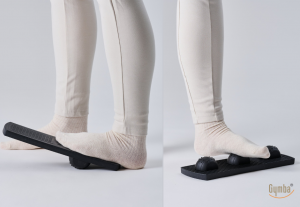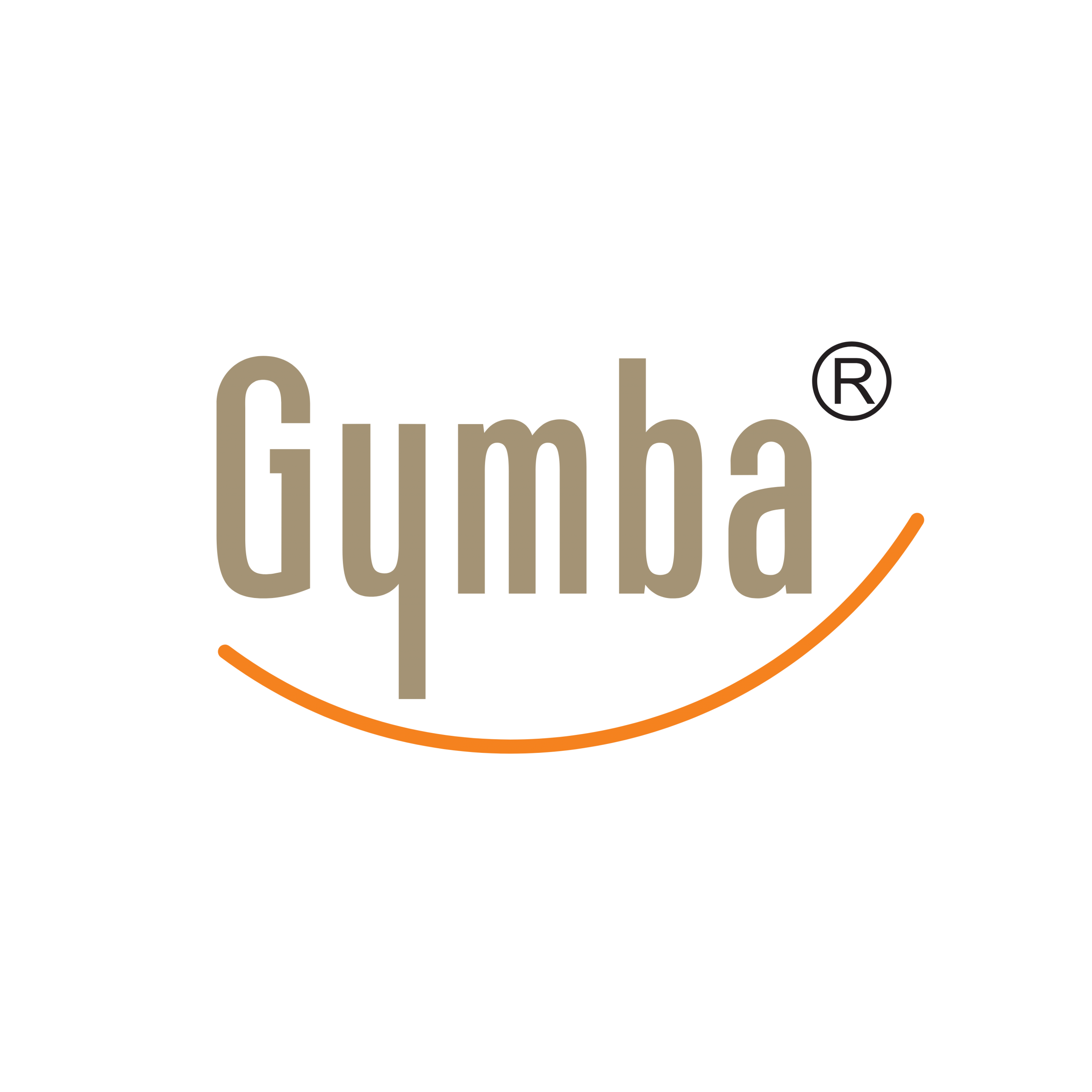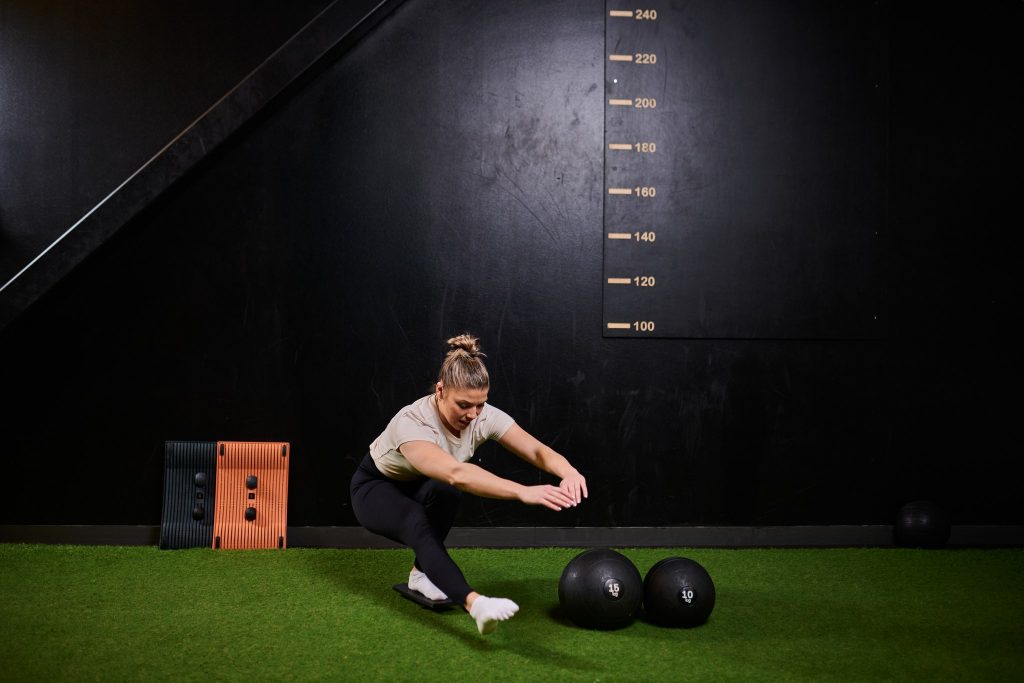Athletic excellence is built on many pillars, but coordination might be the most underrated among them. When we watch elite athletes perform seemingly impossible feats with precision and grace, we’re witnessing the results of highly developed coordination skills. The difference between good and great performance often comes down to this essential attribute that connects mind and body seamlessly. Whether you’re a weekend warrior or professional athlete, enhancing coordination can dramatically improve your performance and reduce injury risk.
Why coordination is crucial for athletic success
Coordination is the foundation upon which all athletic movement is built. At its core, coordination represents your nervous system’s ability to control your muscles with precision, timing, and efficiency. When you throw a ball, sprint around a corner, or land a jump, your brain is orchestrating a complex symphony of muscle contractions and relaxations in perfect sequence.
The neurological aspects of coordination involve your cerebellum, motor cortex, and proprioceptive system working together to create fluid movement. This intricate network allows athletes to:
- React instantly to changing conditions
- Maintain balance during complex movements
- Execute techniques with consistent accuracy
- Adjust movements mid-action when necessary
Research consistently shows that superior coordination correlates with reduced injury rates. When your body moves efficiently, joints experience less stress, and muscles work in harmony rather than opposition. Athletes with excellent coordination can perform at higher intensities with lower injury risk, creating a significant competitive advantage.
The science behind balance training for improved coordination
Balance training has emerged as one of the most effective methods for enhancing coordination. It works by challenging your proprioceptive system – the network of sensors throughout your body that provide real-time feedback about your position in space. These proprioceptors are located in your muscles, joints, and inner ear, constantly sending information to your brain about balance, position, and movement.
When you stand on an unstable surface, these proprioceptors become highly activated. Your brain must process this sensory information and respond by engaging stabilising muscles. This creates neural adaptations that improve:
- Neuromuscular control and reaction time
- Muscle recruitment patterns and efficiency
- Joint stability during dynamic movements
- Spatial awareness and body position sense
Studies with athletes across disciplines have shown that consistent balance training improves performance metrics like reaction time, movement accuracy, and postural control. Just 10-15 minutes of dedicated balance work several times weekly can produce measurable coordination improvements that transfer directly to sports performance.
How does the Gymba Balance Board MINI enhance coordination?
The Gymba Balance Board MINI offers a uniquely effective approach to balance and coordination training. Its compact design creates the perfect amount of instability to challenge your proprioceptive system without being overwhelming. Unlike traditional balance boards that require two-footed balancing, the MINI’s design focuses on single-leg training – a approach that more closely mimics real-world athletic movements.
The board’s curved base creates multi-directional instability that forces your body to make constant micro-adjustments. This activates the small, often neglected muscles in your feet and ankles that form the foundation of your body’s kinetic chain. When these muscles strengthen, the stability improvements cascade upward through your entire body.
What sets the Gymba Balance Board MINI apart is its versatility. The textured surface provides optimal grip during exercises, while the integrated massage balls on the underside offer recovery benefits. This dual-purpose design makes it an ideal tool for both performance enhancement and post-training recovery.
5 effective balance training exercises for athletes
Incorporate these progressive exercises using the Gymba Balance Board MINI to systematically improve your coordination:
1. Basic Single-Leg Balance
Stand on the board with one foot centred, arms at sides. Hold for 30-60 seconds before switching feet. This foundational exercise establishes the basic neural patterns needed for more advanced work while strengthening ankle stabilisers.
2. Dynamic Reaches
Balance on one leg on the board while reaching your free leg in different directions (forward, side, back). This exercise improves hip stability and challenges your body to maintain balance while moving other limbs – a crucial sport-specific skill.
3. Single-Leg Squat Touch
Balance on one leg, then bend your knee to reach toward the ground with the opposite hand. This advanced exercise dramatically improves lower body coordination and strength simultaneously.
4. Ball Toss with Balance
Stand on the board with one foot while tossing and catching a small ball. This dual-task challenge forces your brain to divide attention between balancing and object manipulation – mimicking real-sport conditions.
5. Eyes-Closed Balance
For the ultimate challenge, attempt to balance on the board with eyes closed. Removing visual feedback forces complete reliance on your proprioceptive system, accelerating its development.
Recovery and rehabilitation: restoring coordination after injury
Injuries often disrupt the neural pathways that control coordination. This is why athletes sometimes struggle to regain pre-injury performance even after physical healing. The Gymba Balance Board MINI provides an effective tool for rebuilding these neural connections during rehabilitation.
Physical therapists increasingly recommend balance training as a critical component of comprehensive rehabilitation protocols. Starting with supported exercises and gradually progressing to unsupported work on the balance board helps restore proprioceptive awareness that may be compromised after injury.
The board’s unique design also allows for foot recovery through myofascial release. Simply flip the board over and gently press your foot against the fixed massage balls to release tension in the plantar fascia. This technique improves foot mobility and comfort, creating a solid foundation for athletic movement.
Integrating balance training into your sports performance routine
To maximise coordination benefits, consistency matters more than duration. Consider these guidelines for incorporating the Gymba Balance Board MINI into your training:
- Begin with 5-10 minutes of balance work 3-4 times weekly
- Perform balance training when fresh, ideally early in your workout
- Progress difficulty by reducing stability (arms closer to body, eyes closed, etc.)
- Incorporate sport-specific movements while balancing when possible
- Use the massage feature for foot recovery on rest days or post-training
The beauty of balance training lies in its efficiency. Even brief, focused sessions create meaningful improvements in coordination that transfer directly to athletic performance. As your balance improves, you’ll notice enhanced body control, more fluid movement, and greater confidence in your sport-specific skills.
Whether you’re looking to gain a competitive edge, recover from injury, or simply move better in your chosen activities, coordination training with tools like the Gymba Balance Board MINI offers a scientifically-backed path to improved athletic performance and overall well-being.


